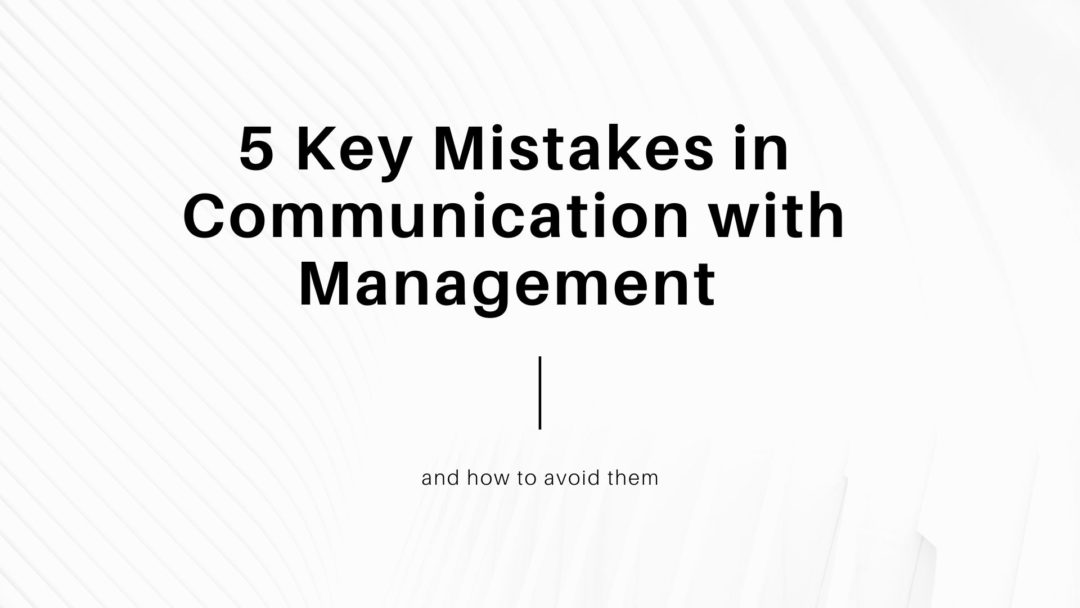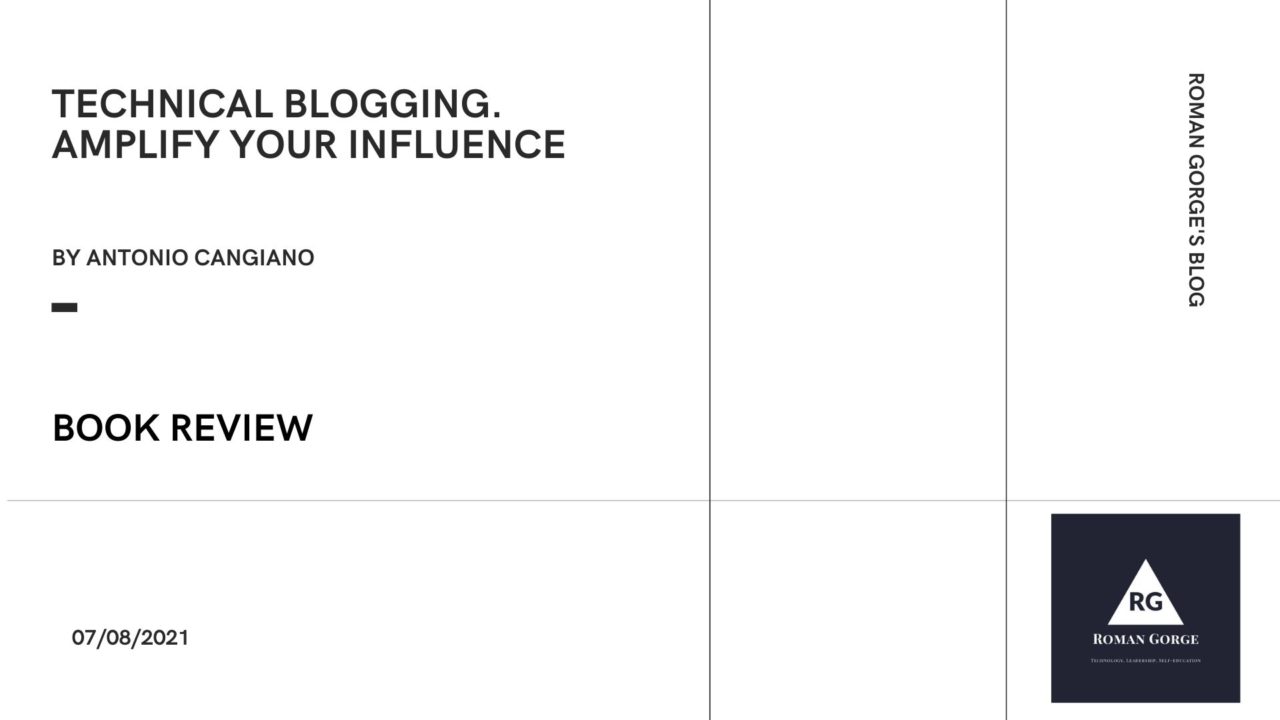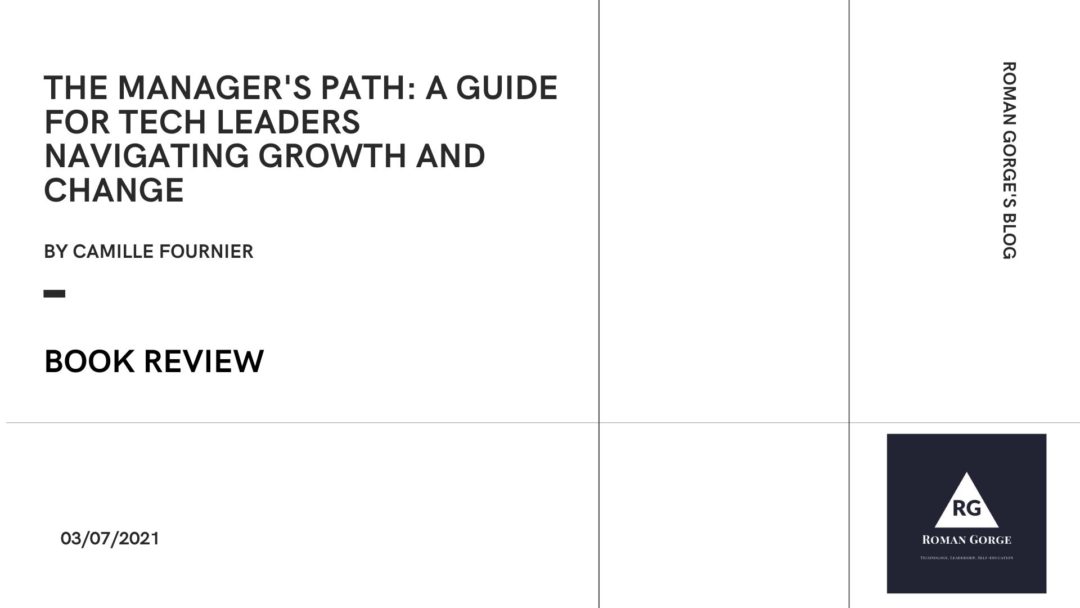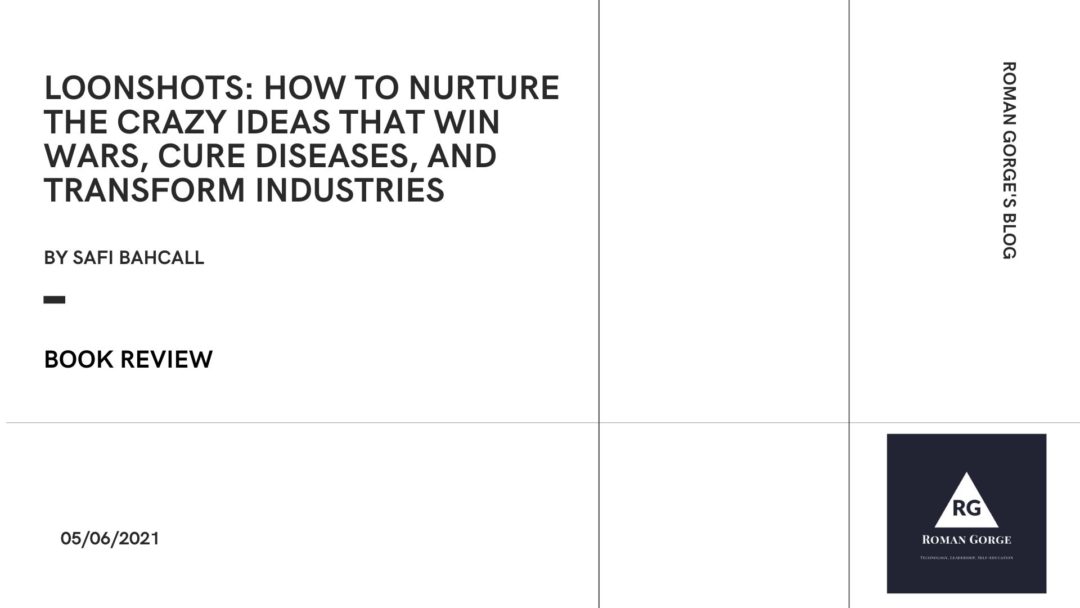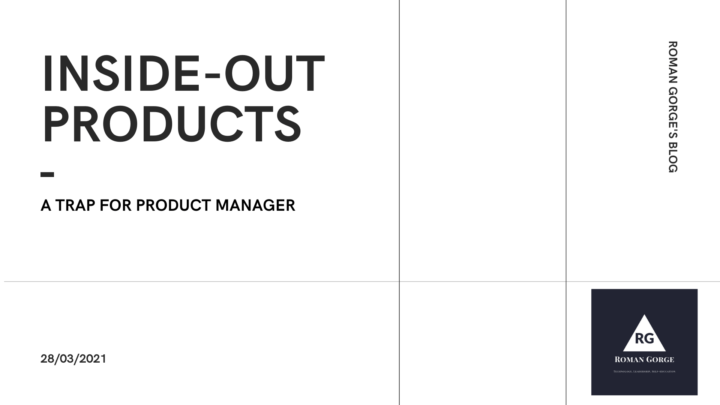Migration to Cloud impacts whole enterprise organization from engineering to marketing. Procurement and financial teams are not an exclusion as well. In fact, these teams need to adopt completely new mental model – shift from CAPEX to OPEX, shortened procurement cycles and high pace of change.
The new way of working between Financial and Engineering parts of organization in Cloud is FinOps or Cloud Financial Management. I am going to write a detailed article about FinOps implementation in large enterprises at some point in time. But even if organization does not plan to implement FinOps practices, they still need to teach procurement and finance how to operate in the new reality.
Disclaimer: This post is on my own and doesn’t necessarily represent Amazon Web Services’s positions, strategies, or opinions.
How you do that?
The challenge is that last 10-15 years of technological innovation did not change procurement process much in large enterprises. So, the gap is significant. In my experience, organizations tend to forget about it or do not realize that it exists. As a result, engineering organization may already adopt Cloud, while for finance team it is still an unknown land and their processes are not aligned with Cloud Economics.
I came up with a list of AWS Whitepapers and other resources that can be used as “Introduction to Cloud Economics for Procurement”.
- We start with some chapters from Overview of Amazon Web Services, specifically – “What is Cloud Computing?”, “Six Advantages of Cloud Computing” and “Types of Cloud Computing”
- The next step is to get familiar with Core Concepts of AWS and take this 10-minutes virtual training
- After that we can move on to procurement specific topics and study Ten Considerations for a Cloud Procurement whitepaper.
- AWS Pricing is a next topic in your journey. This is a very long and fundamental whitepaper. Save link to it and use it as a reference for future budgeting and forecasting.
- One of the most important instruments for cost planning is AWS Calculator, so spend some time to review how does it work here.
- Final step is to become proficient with main instrument of cost visibility – AWS Cost Explorer
Cloud Financial Management is a huge topic at AWS but 5 resources above is an absolute minimum that your procurement team should read and understand.
Check out my other post about AWS Whitepapers.

